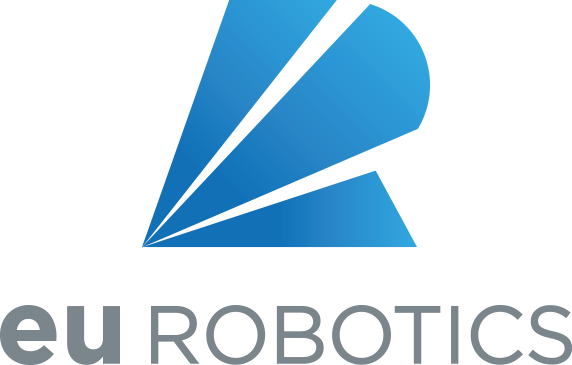This month’s personal reflection comes in the form of a short interview with Stefano Stramigioli, euRobotics Vice President Research, regarding this year’s ERF, which for Stefano fulfilled a long-held vision.
It was originally your proposal to bring ERF to the Netherlands. Why did you believe that the Netherlands and Rotterdam in particular would be an ideal location?
The Netherlands is not traditionally a country associated with robotics. The best-known robot builders are those in countries that are home to large car manufacturers, such as Germany and Japan. Nevertheless the Netherlands is highly international and nowadays one of the most innovative countries in the world. We hold a unique position with regard to high-tech systems, agro-food, medical robots and next-generation robotics: robots with added intelligence or precision.
Our tiny country is one of the few countries in the world with an organized robotics sector. High-quality universities, both academic and applied sciences, public authorities, entrepreneurs and the education sector work together in a unique triple-helix structure. This triple-helix structure makes it much easier to make contact, and people seek each other out. That is ‘extraordinary’ and equates to a great deal of potential, particularly for robotics research, being a field in which numerous disciplines unite.
These unique features all made the Netherlands a perfect place to host the European Robotics Forum. We choose Rotterdam as it is young, dynamic and full of energy and innovation.
How far did the reality match your original vision and expectations?
We originally planned to host the European Robotics Forum in March 2020, but due to the Covid situation we had to change the date and our plans several times. Organizing a big event such as ERF takes a lot of time and preparation. The whole process of seeing the ideas, the vision, the work, etc. come together in one event is very rewarding. Especially when this process takes 3½ years! We can look back with great satisfaction on this wonderful event which turned out to be a great gathering among all the colleagues and friends working in robotics. With more than 900 participants, a full programme with interesting workshops, academic speakers and keynotes, a large exhibition floor and a full social programme, I think you can say we nailed it!
What do you think is unique about ERF within the world of robotics?
ERF is different from the standard conferences because it is a forum. It is an event which in some sense brings people together to discuss rather than mostly to listen. It is not an exhibition either like Automatica for example, where you only go and see the exhibition. The workshops and other community building events are specifically targeted to make ERF a forum, a place to meet your fellow roboticists
What were your personal highlights from this year’s ERF?
I am very happy and proud that we introduced an academic track to the programme. This track was actually put in place because we felt our academia members were not served as they should. It turned out to be a big success with inspiring speakers that filled the room more than we were originally expecting. The hackathon that was added to the programme absolutely gave a new dimension to the forum. Eight teams of enthusiastic students from different universities worked three days in a row on a technical business case provided by two of our sponsors (Lely and Franka Emika). Involving the next generation and stimulating interaction between the current community, the younger generation and colleagues from new, emerging fields within robotics is vital for our association.
Finally, how do you see the future for ERF?
I am looking forward meeting everybody again at the next European Robotics Forum from 14-16 March 2023 in Odense and wish the local organizers at SDU all the best with the organization. I am confident that our community will keep on growing and will remain a pleasant environment to talk and discuss the future of robotics ahead of us.

